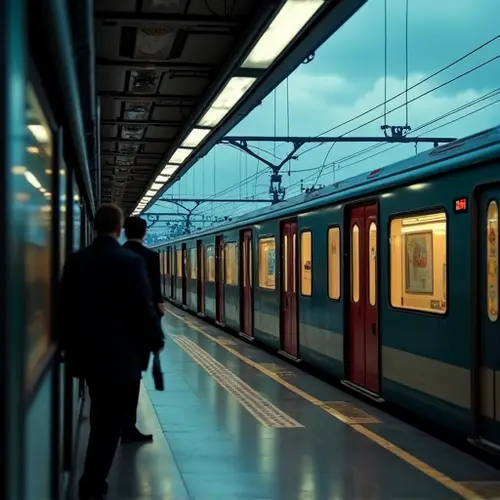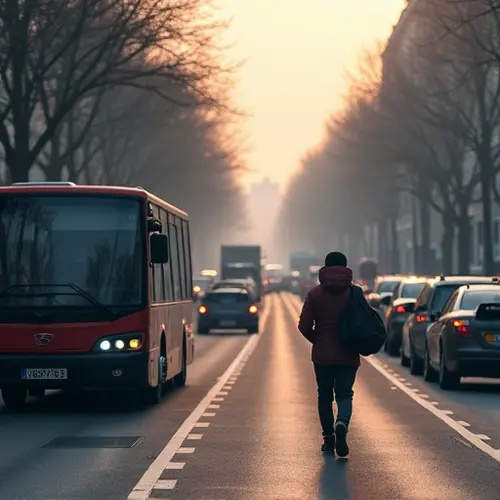
The Resurgence of Night Trains in Europe
Night trains, once a staple of European travel, are making a remarkable comeback as eco-conscious travelers seek sustainable alternatives to short-haul flights. With growing awareness of climate change, sleeper trains are being hailed as a low-carbon solution for long-distance travel.
Why Night Trains Are Gaining Popularity
The revival of night trains is driven by their environmental benefits. Compared to flights, sleeper trains emit significantly fewer greenhouse gases per passenger. For example, a journey from Paris to Vienna by train produces up to 90% less CO2 than the equivalent flight. This aligns with the European Union's Green Deal, which aims to make transport more sustainable.
Key Players in the Night Train Revival
Several European operators are leading the charge. Austria's ÖBB Nightjet has expanded its network, offering routes like Vienna to Brussels and Berlin to Rome. Meanwhile, Sweden's Snälltåget and France's Midnight Trains are introducing innovative services, such as luxury sleeper cabins and onboard dining experiences.
Challenges and Opportunities
Despite their benefits, night trains face hurdles like high operational costs and limited infrastructure. However, governments and private investors are stepping in. The EU has pledged €1.2 billion to upgrade cross-border rail networks, signaling strong support for night trains as a green travel option.
For travelers, the appeal of night trains lies in their convenience and charm. Waking up in a new city after a restful journey is an experience flights cannot match. As demand grows, the future of night trains in Europe looks brighter than ever.

 Nederlands
Nederlands English
English Français
Français Deutsch
Deutsch Español
Español Português
Português








